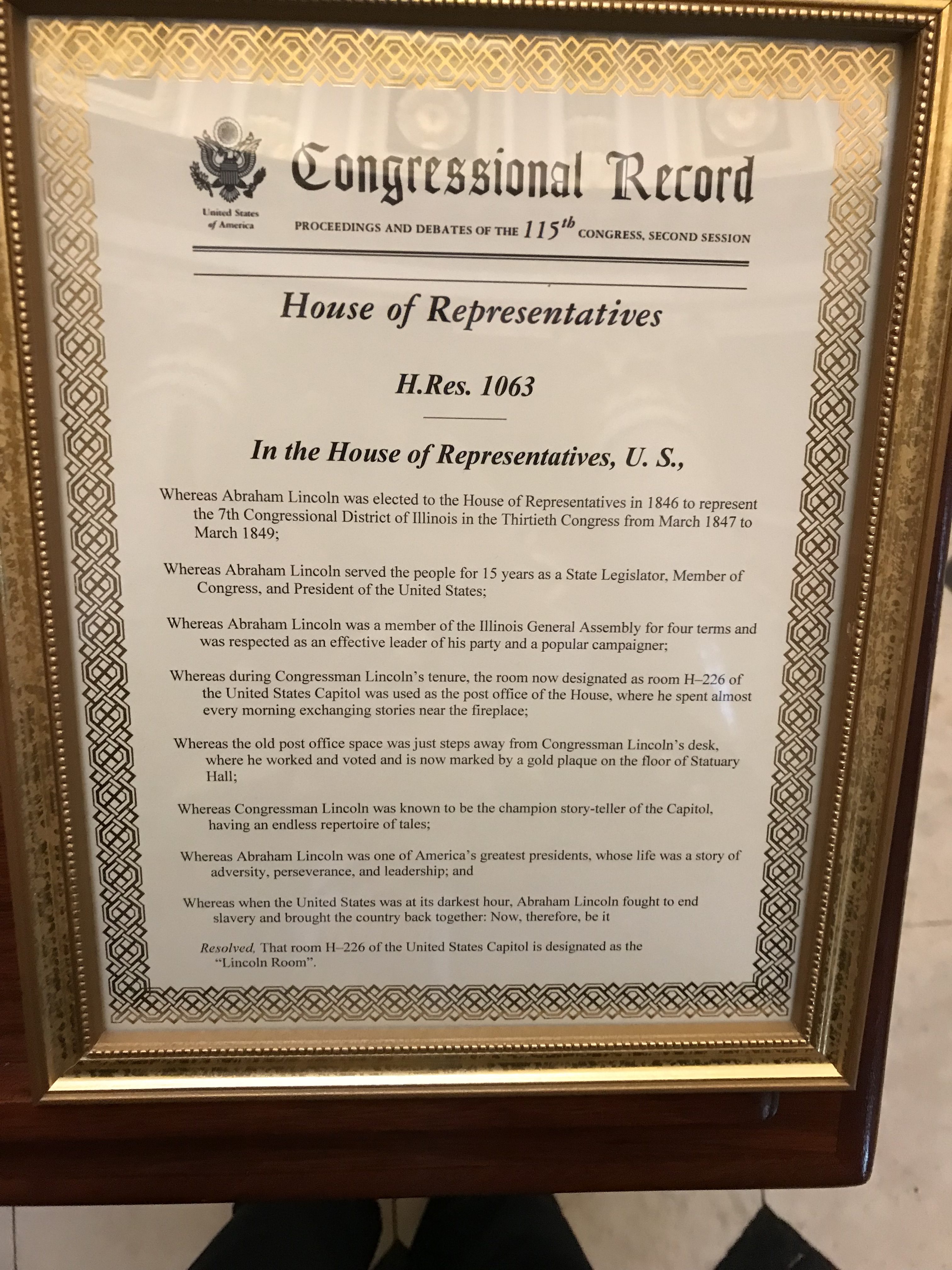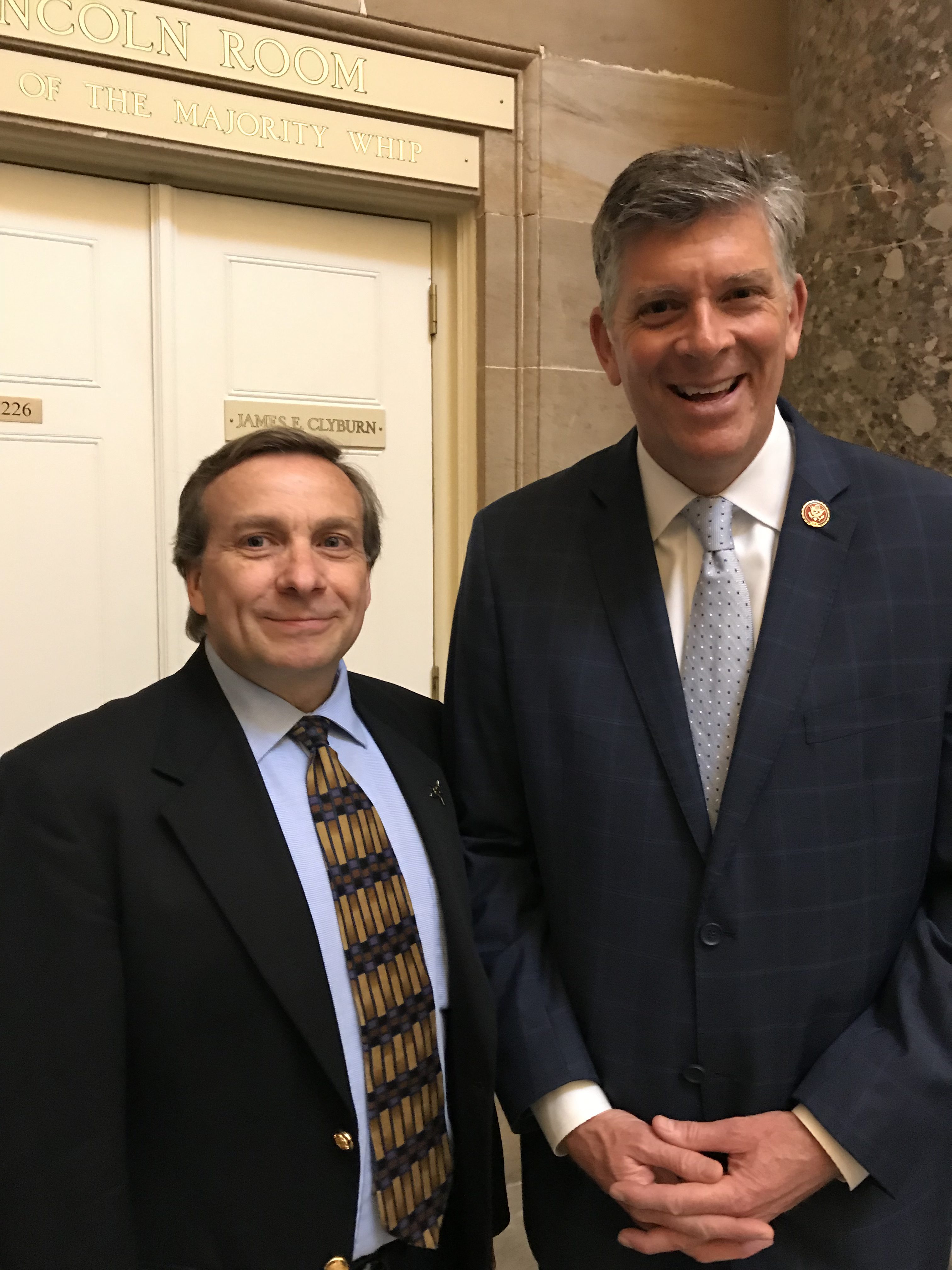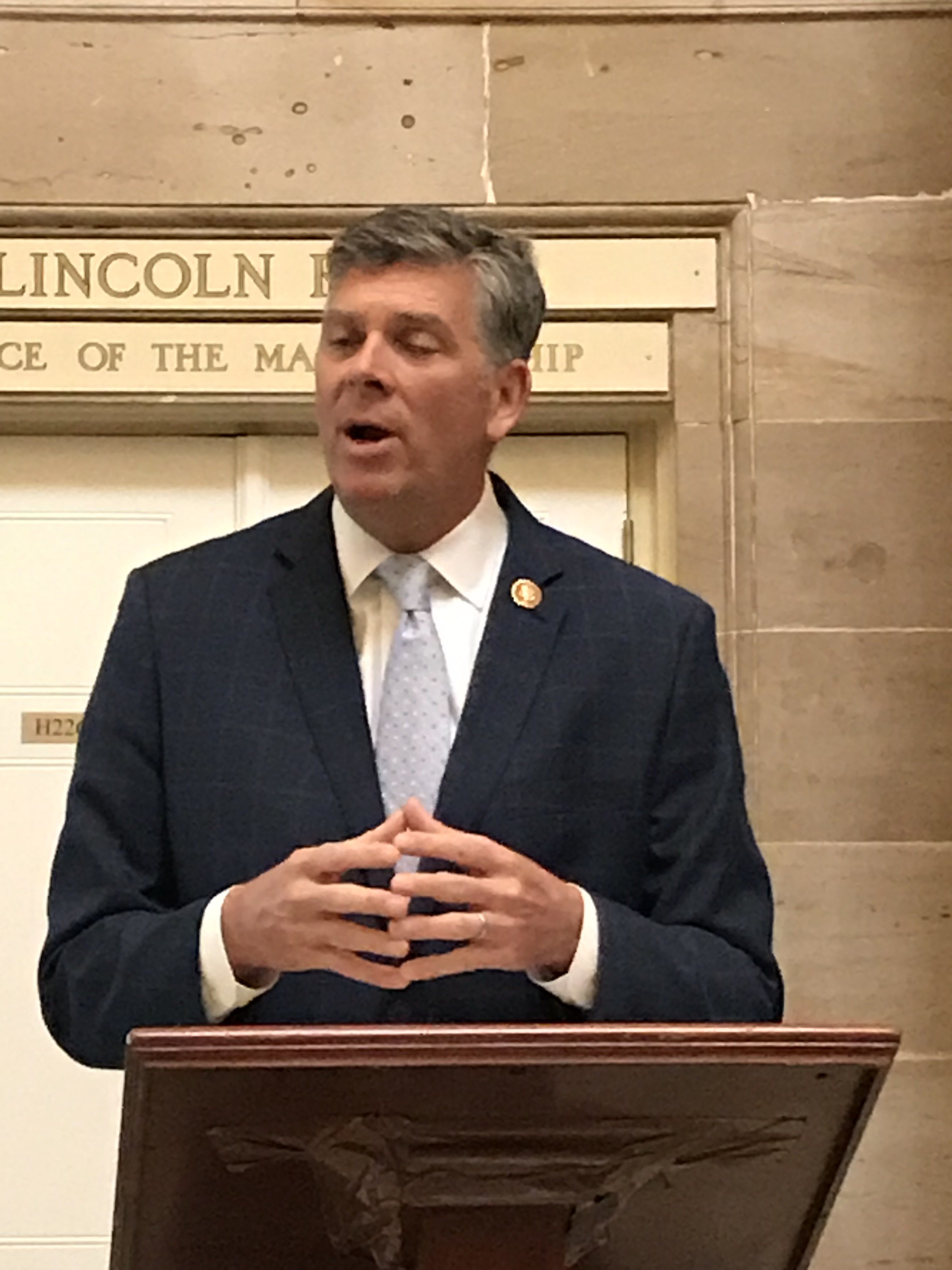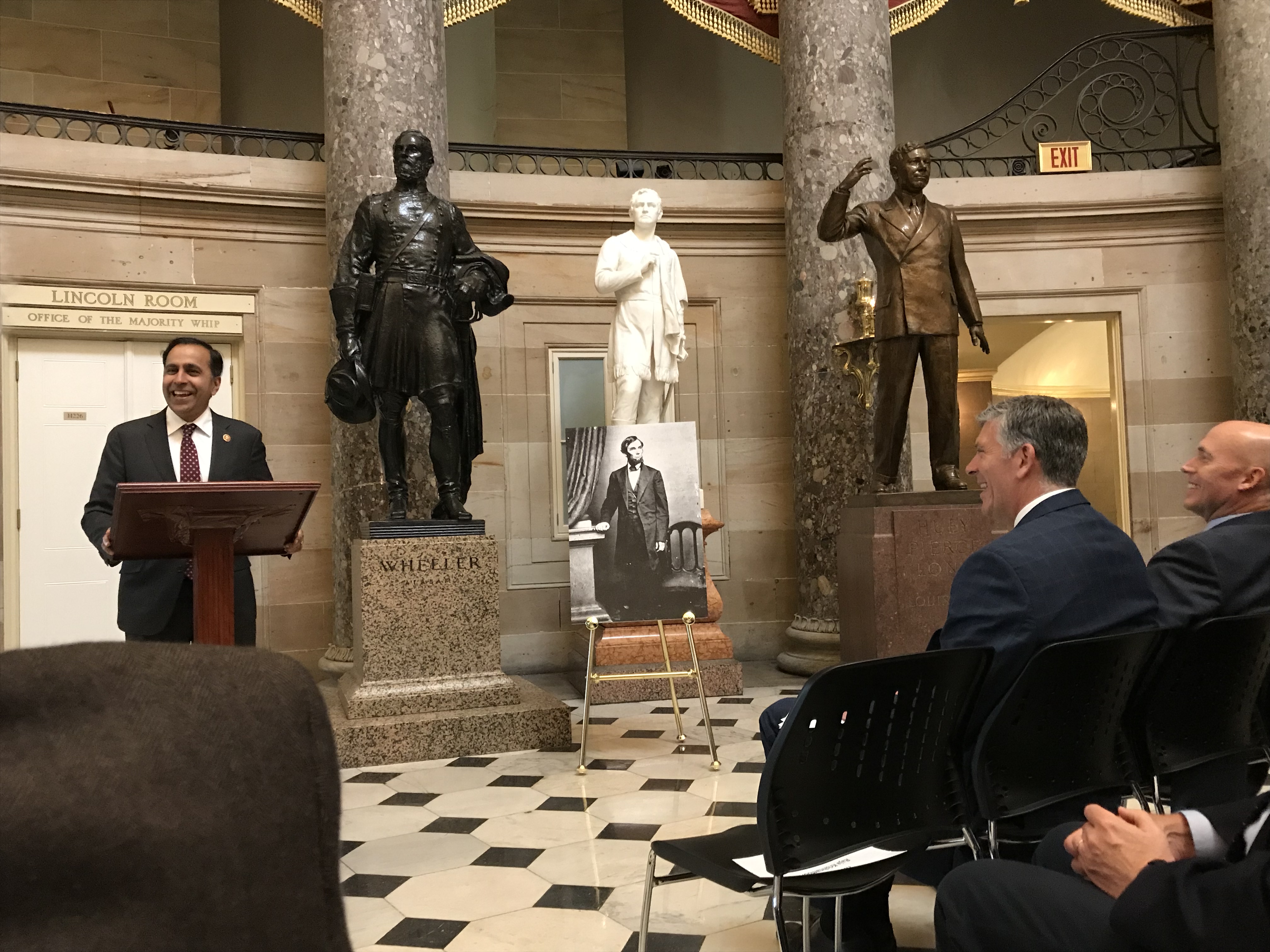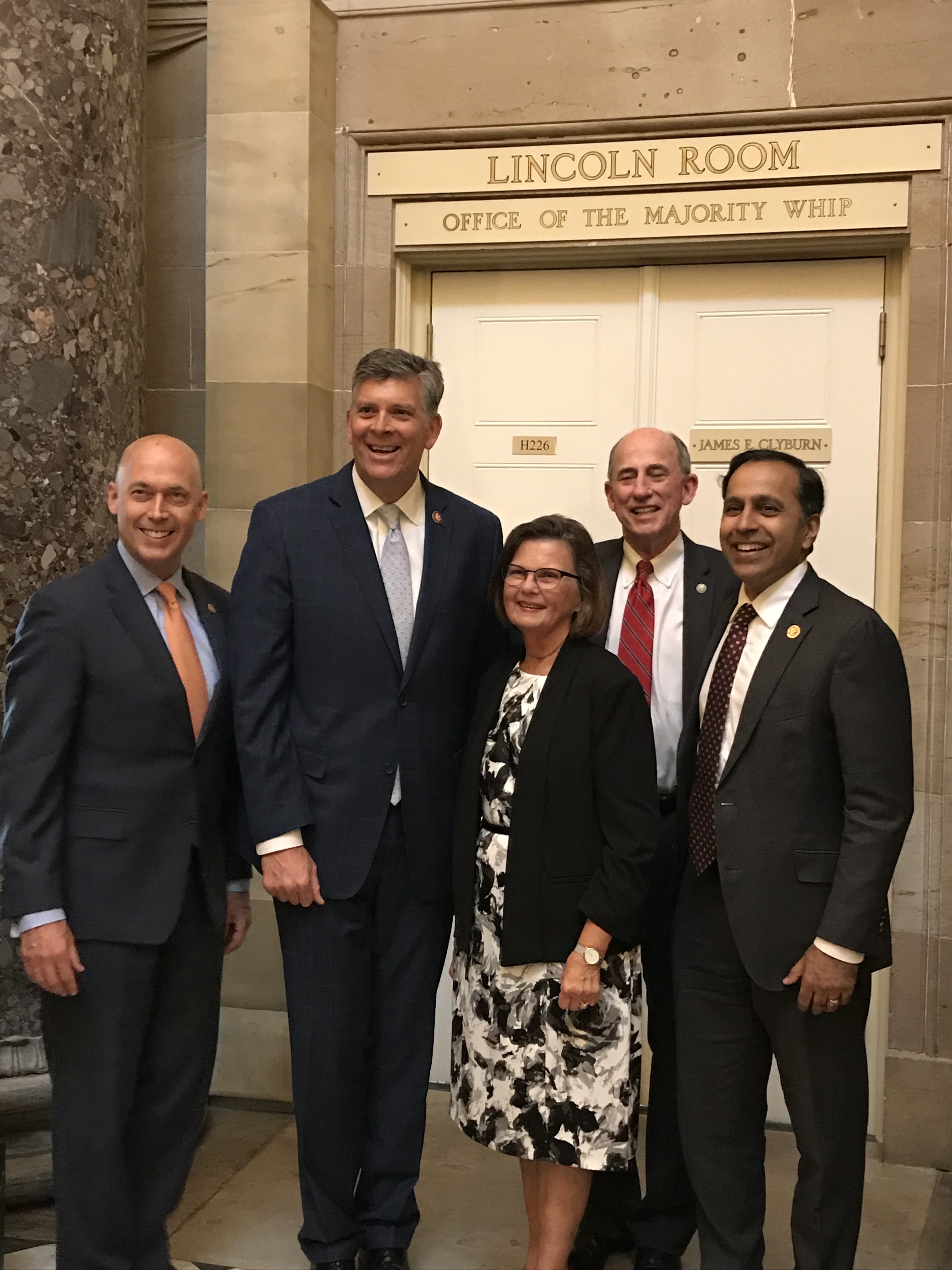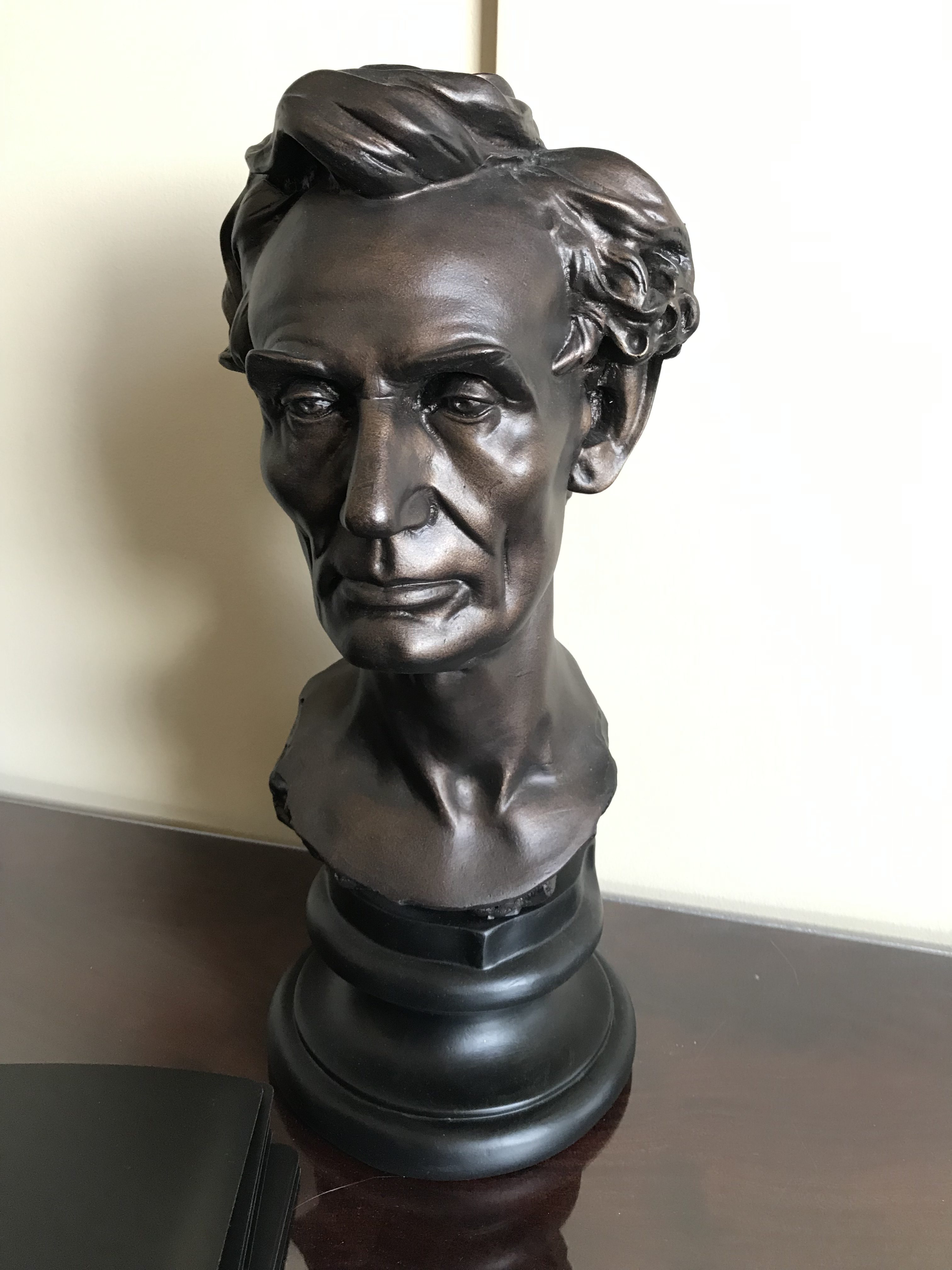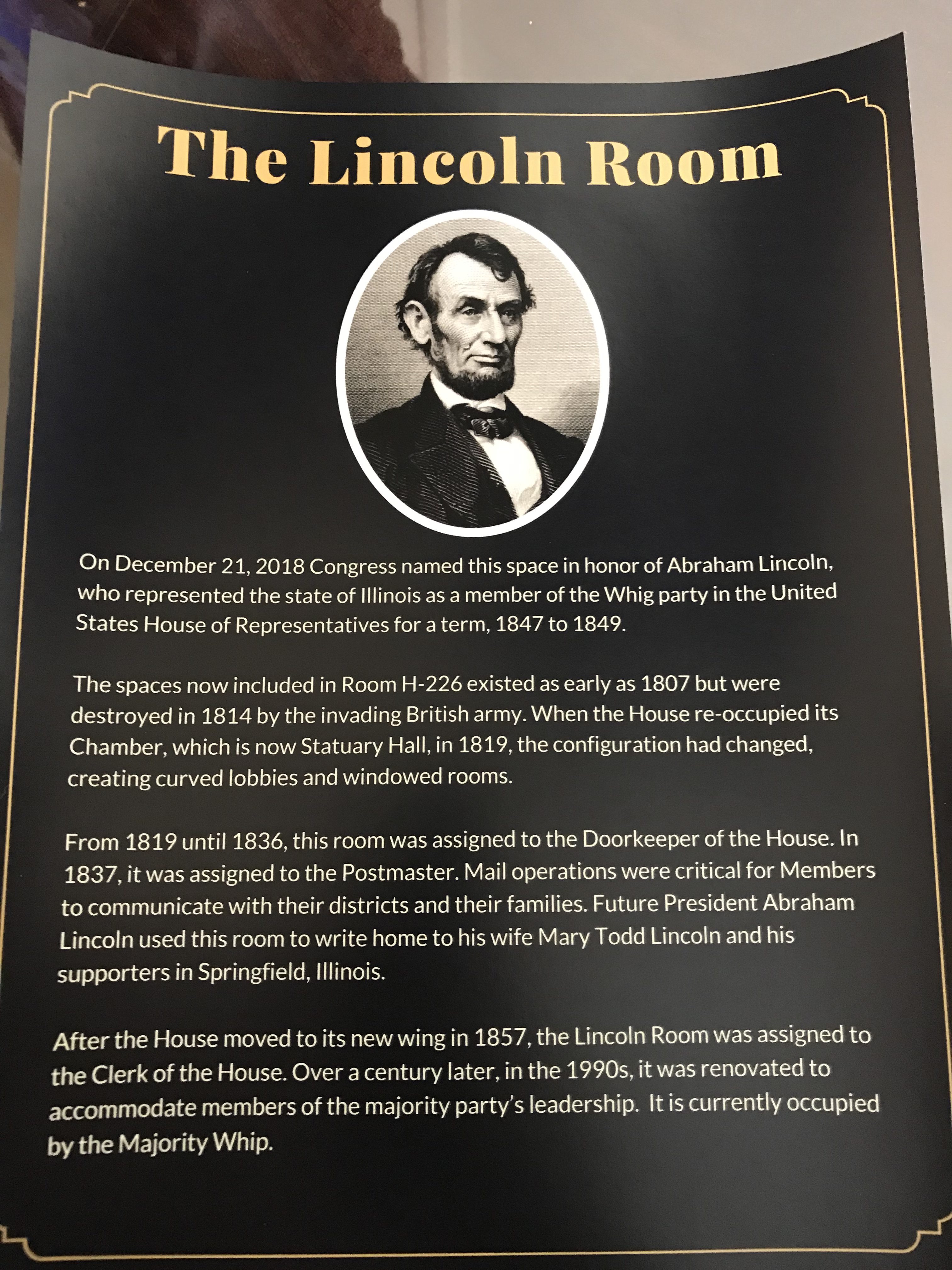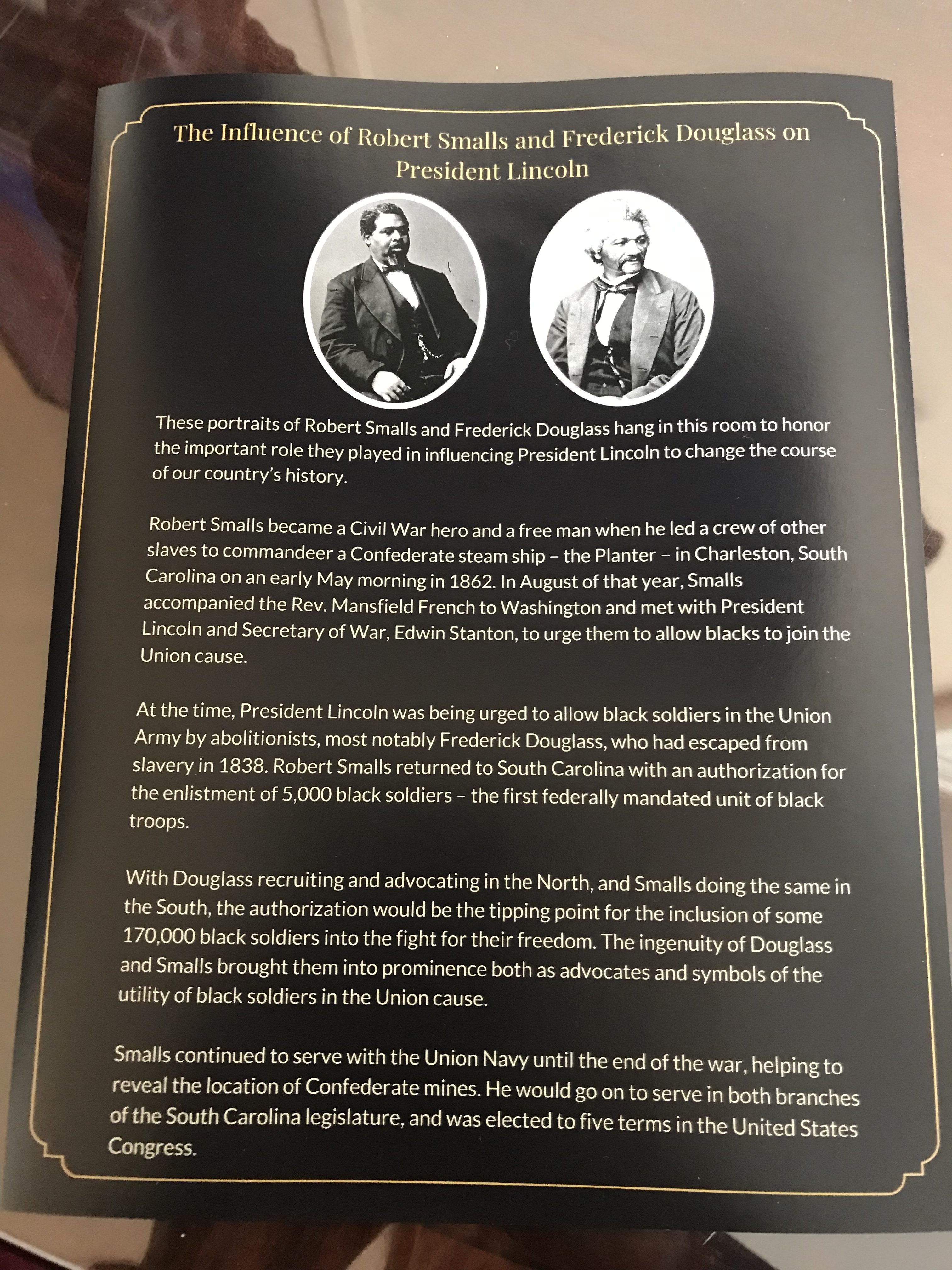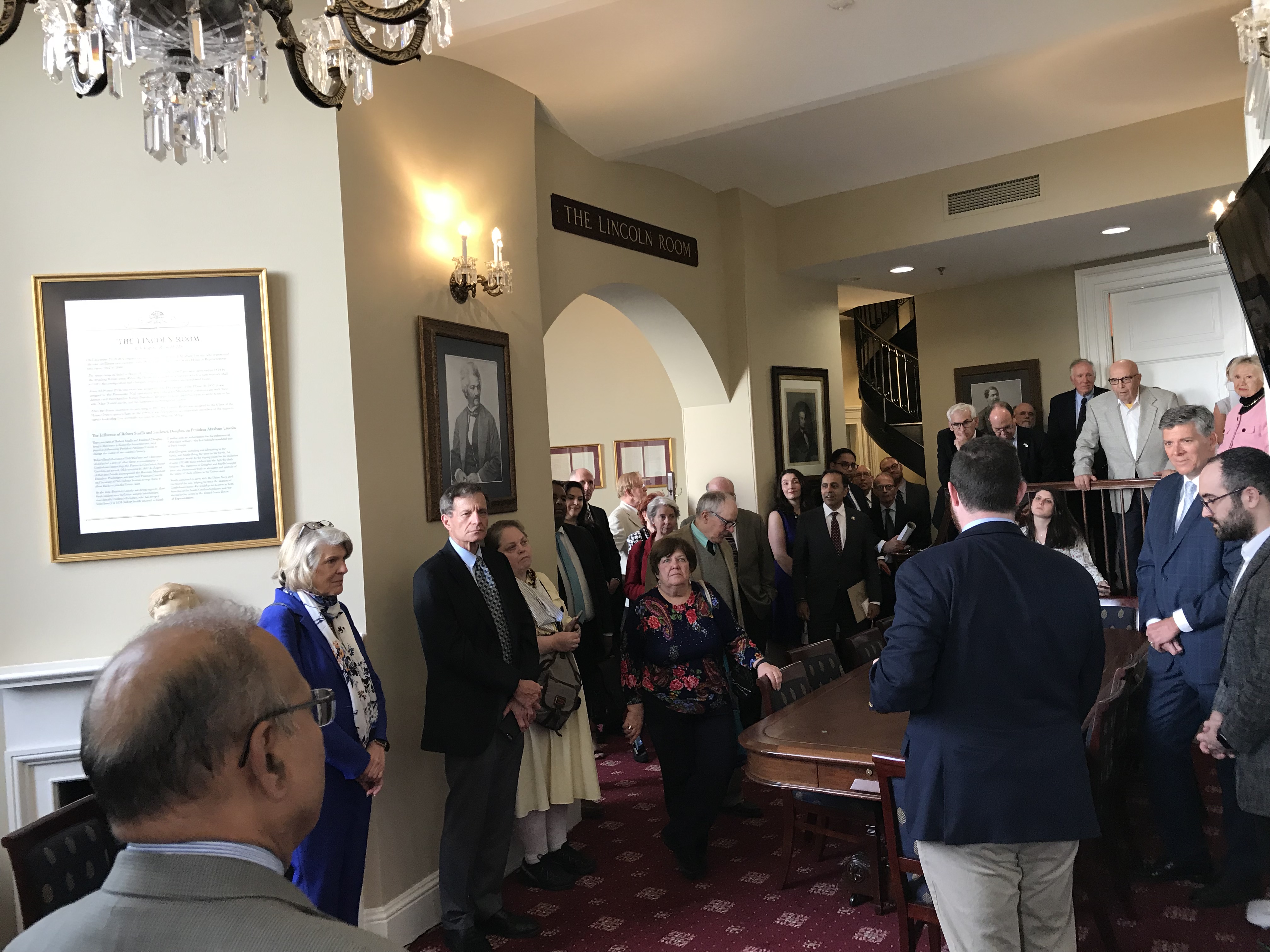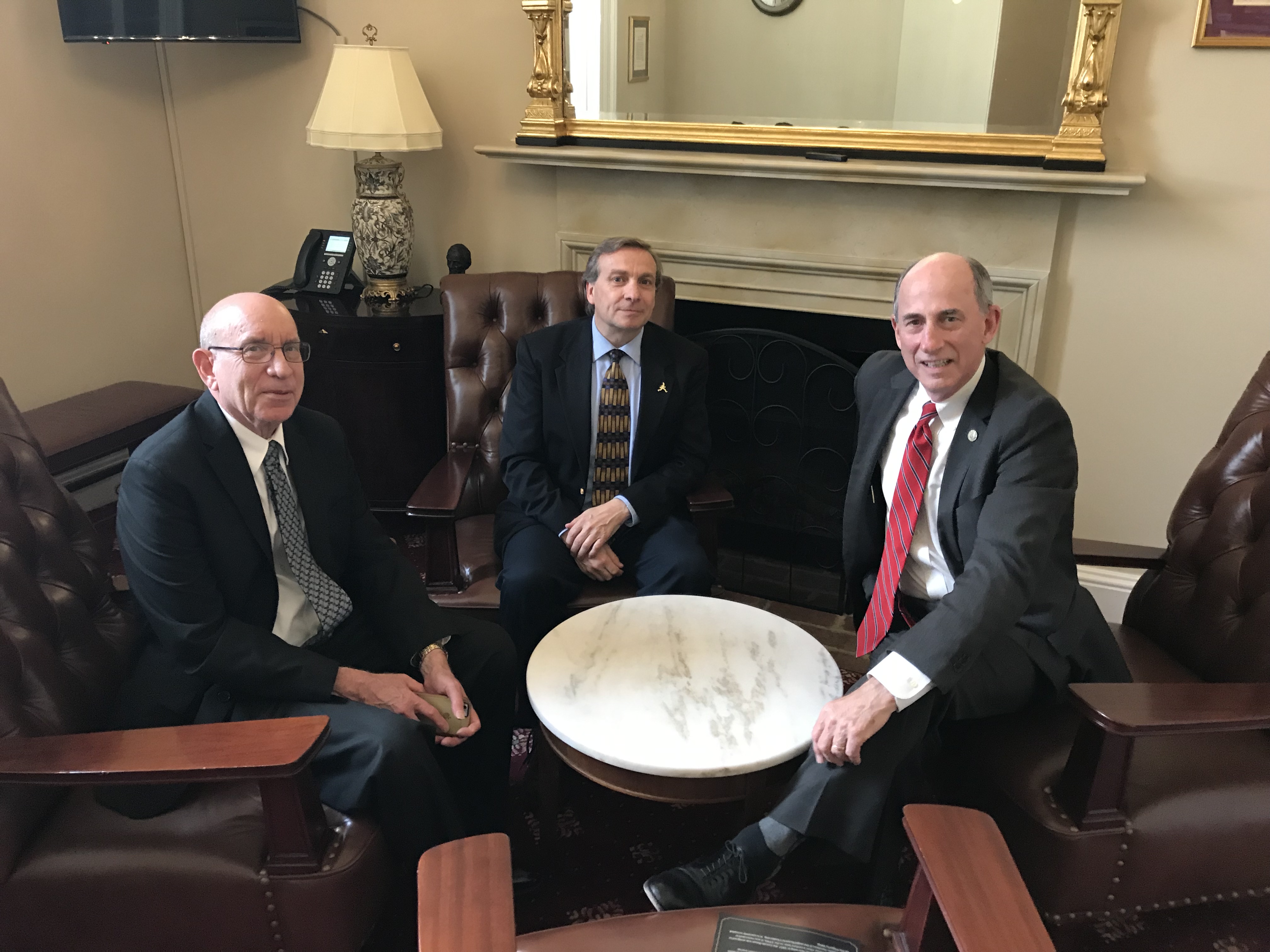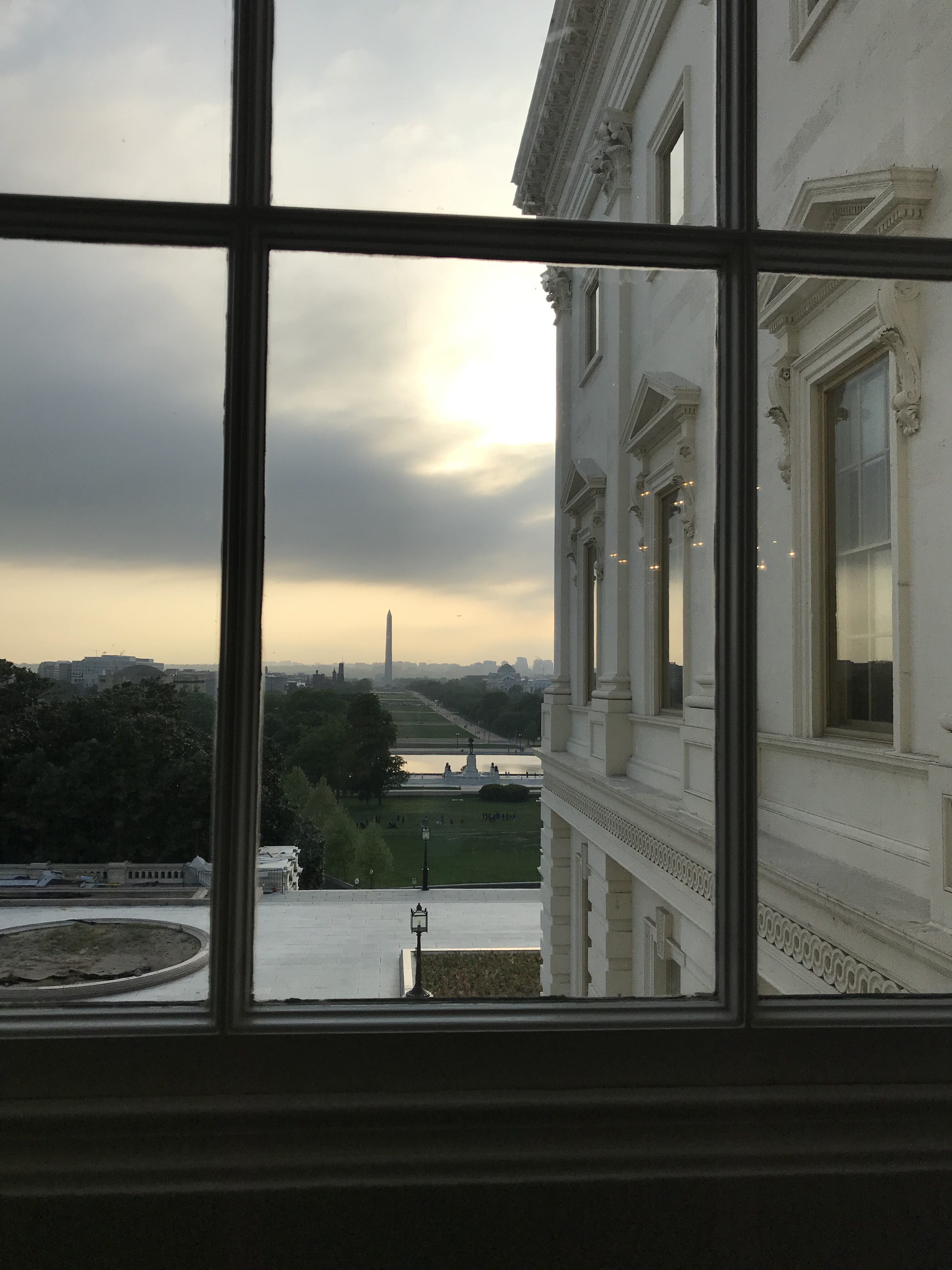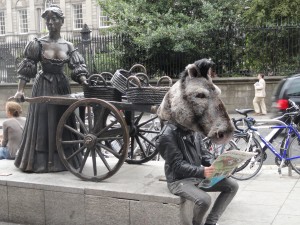 To say that my first real travel experience outside the United States (other than Bermuda as a college student) was a culture shock would be to make the understatement of the century. After growing up in a small New England town where “traveling vacations” meant loading up the station wagon and driving a few hours away, my first big travel trip was to Hanoi. As in Vietnam.
To say that my first real travel experience outside the United States (other than Bermuda as a college student) was a culture shock would be to make the understatement of the century. After growing up in a small New England town where “traveling vacations” meant loading up the station wagon and driving a few hours away, my first big travel trip was to Hanoi. As in Vietnam.
The flight from Washington DC to New York to Anchorage to Taipei to Hanoi took something like 36 hours. But it was worth it. I’ve written about the experience before when I first started this page in 2012.
Here’s Part 1 that I called “Hanoi on the Half Shell.”
And here’s Part 2, “A Cup of Tea and a Conversation I Didn’t Understand.”
Take a moment to read them as they are fascinating stuff (if I do say so myself).
Since that first trip about 19 years ago I’ve traveled to something over 60 foreign countries, depending on how you count. Just in the last year and a half I’ve been in several places around the United States, a half dozen countries in Europe, five or six Asian countries, Australia, New Zealand, and probably some more I’ve lost track of. I have upcoming trips to a foreign nation I’ll reveal later and a long road trip into the Land of Lincoln.
As Mark Twain has been credited as saying, “Travel is fatal to prejudice, bigotry, and narrow-mindedness.” I agree. As I experience new people in new places I find the differences between us exhilarating, and the similarities uncanny. I highly encourage all Americans to get overseas, even if it’s only to familiar places (London) or iconic places (Paris, Rome). If you can, go some place exotic, even if it’s only exotic to you. The key is to get out of your hometown, your home nation, your home mindset. As the commercial goes, Just Do It!
I’m diligently working through thousands of photos (digital is both a godsend and a curse), so look for some great scenery coming again shortly. For now, click on “Travel” above or type in your favorite location in the search box. And have fun exploring.
And if you haven’t already, take a close look at the photo. Not every day you see a donkey head reading the Racing Times.
David J. Kent is an avid science traveler and the author of Lincoln: The Man Who Saved America, in Barnes and Noble stores now. His previous books include Tesla: The Wizard of Electricity (2013) and Edison: The Inventor of the Modern World (2016) and two e-books: Nikola Tesla: Renewable Energy Ahead of Its Time and Abraham Lincoln and Nikola Tesla: Connected by Fate.
Check out my Goodreads author page. While you’re at it, “Like” my Facebook author page for more updates!



 In June I’ll have the privilege of participating in the annual
In June I’ll have the privilege of participating in the annual 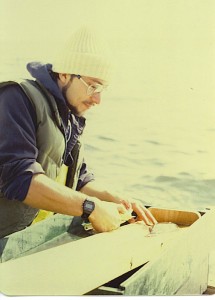 A while back I wrote a post called
A while back I wrote a post called 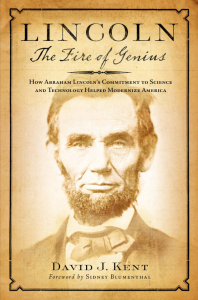
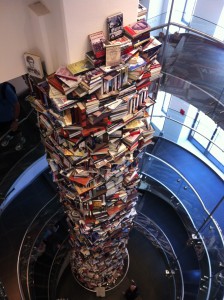 They say there are over 15,000 books and pamphlets published about Abraham Lincoln. The truth is, no one actually knows. As a way to find out, I’ve started the
They say there are over 15,000 books and pamphlets published about Abraham Lincoln. The truth is, no one actually knows. As a way to find out, I’ve started the 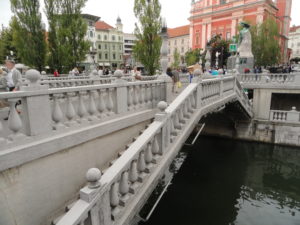 Several years ago I took a road trip through central Europe. Starting in Bratislava, the route took us through Vienna, Munich, Fussen (home of the famed Neuschwanstein Castle), Munich, Salzburg, and Budapest. Rather than backtrack through Vienna, we decided on a whim to drive south to the capital city of Slovenia, Ljubljana, home of the triple bridge.
Several years ago I took a road trip through central Europe. Starting in Bratislava, the route took us through Vienna, Munich, Fussen (home of the famed Neuschwanstein Castle), Munich, Salzburg, and Budapest. Rather than backtrack through Vienna, we decided on a whim to drive south to the capital city of Slovenia, Ljubljana, home of the triple bridge.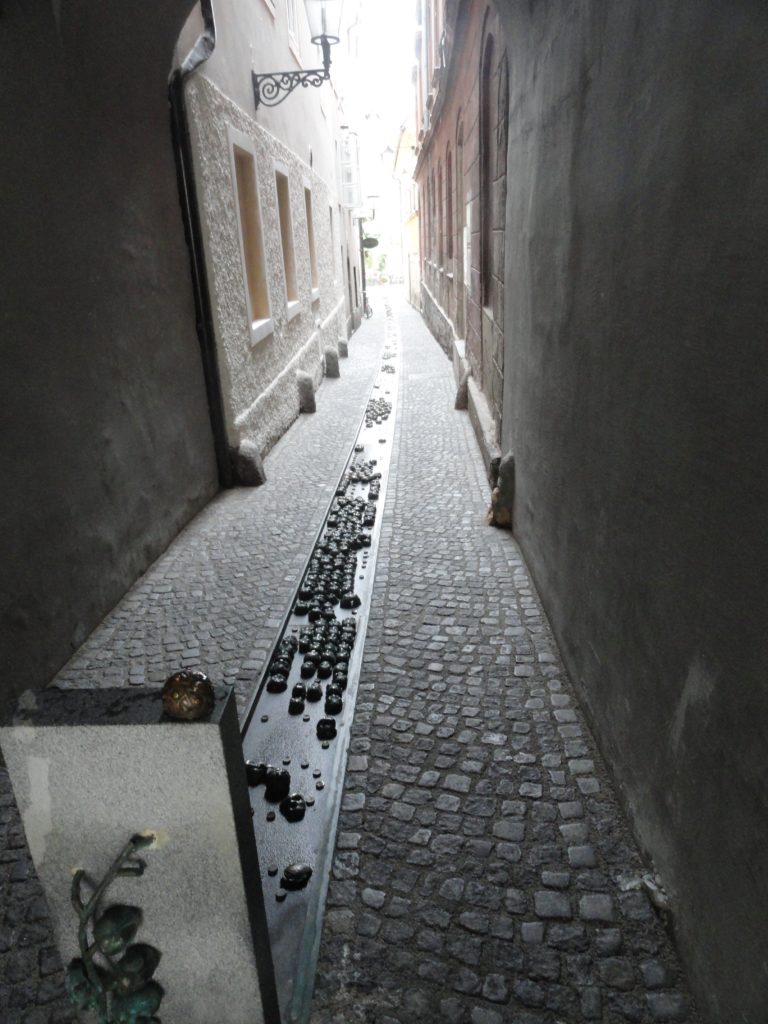
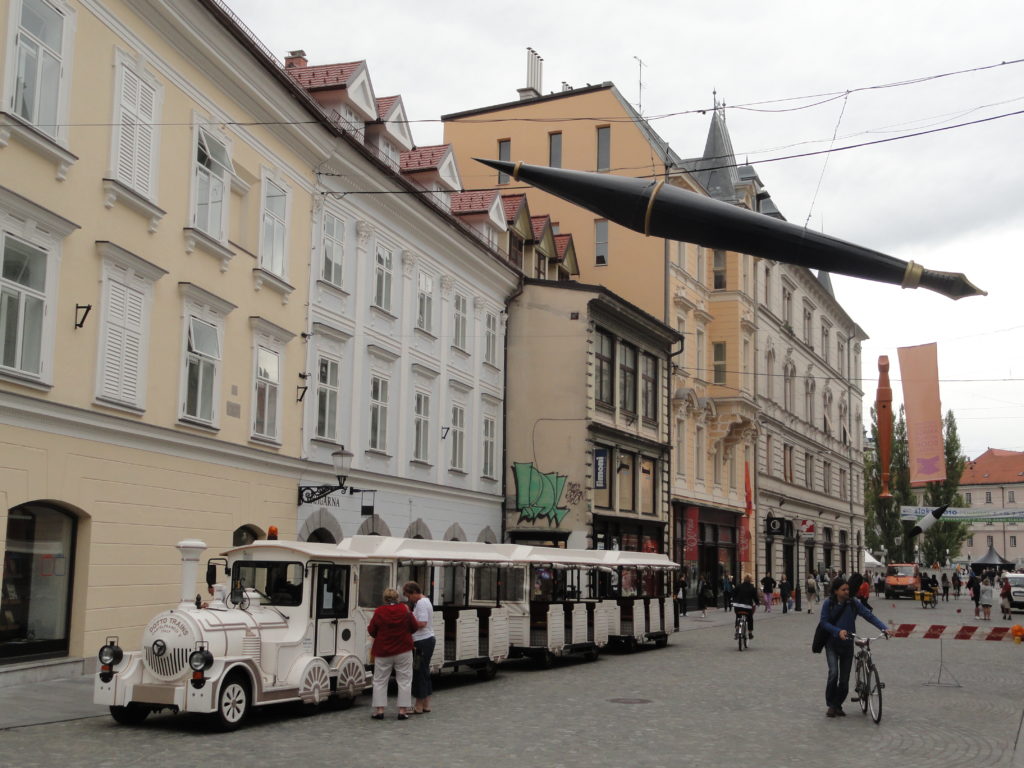
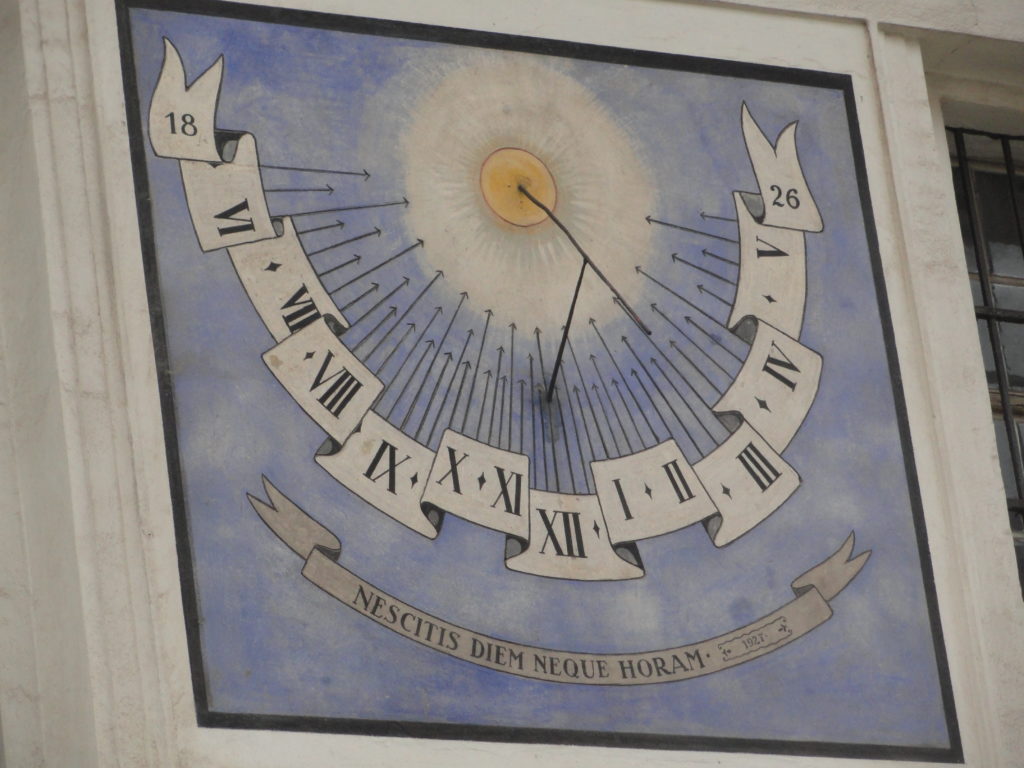
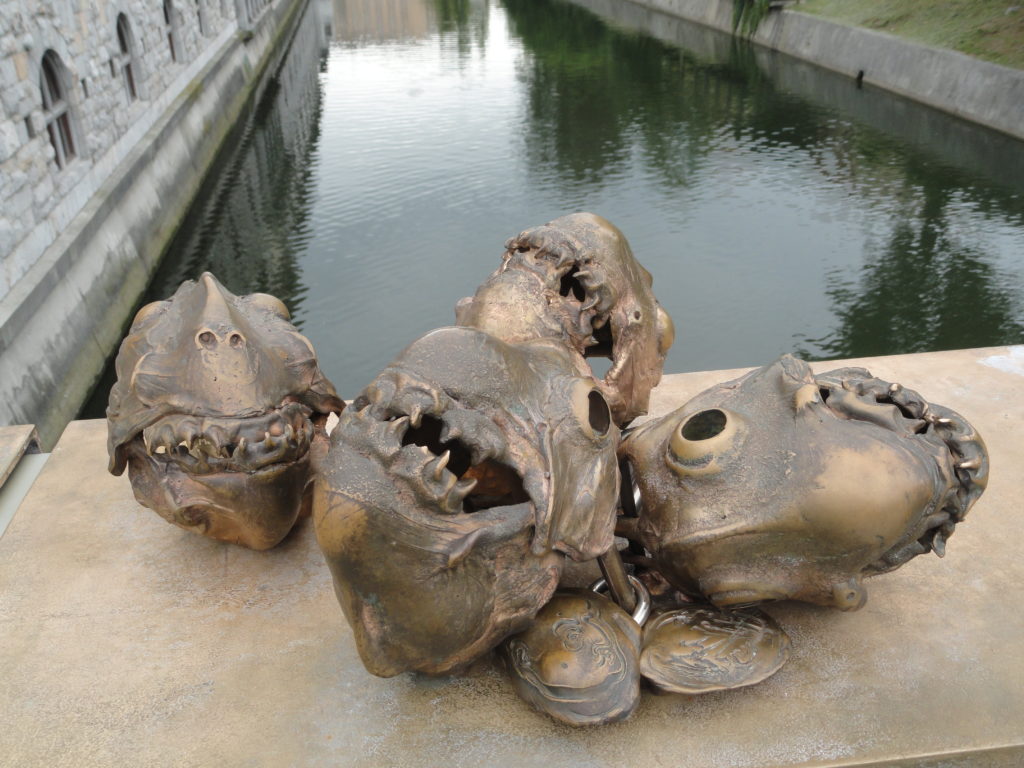
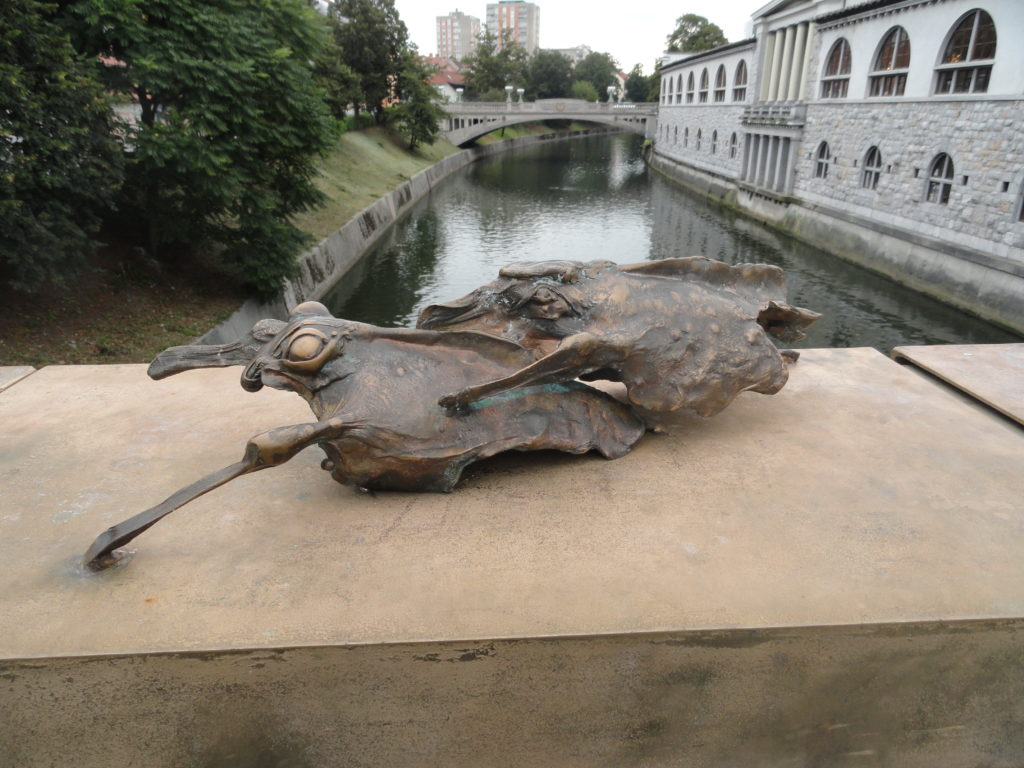
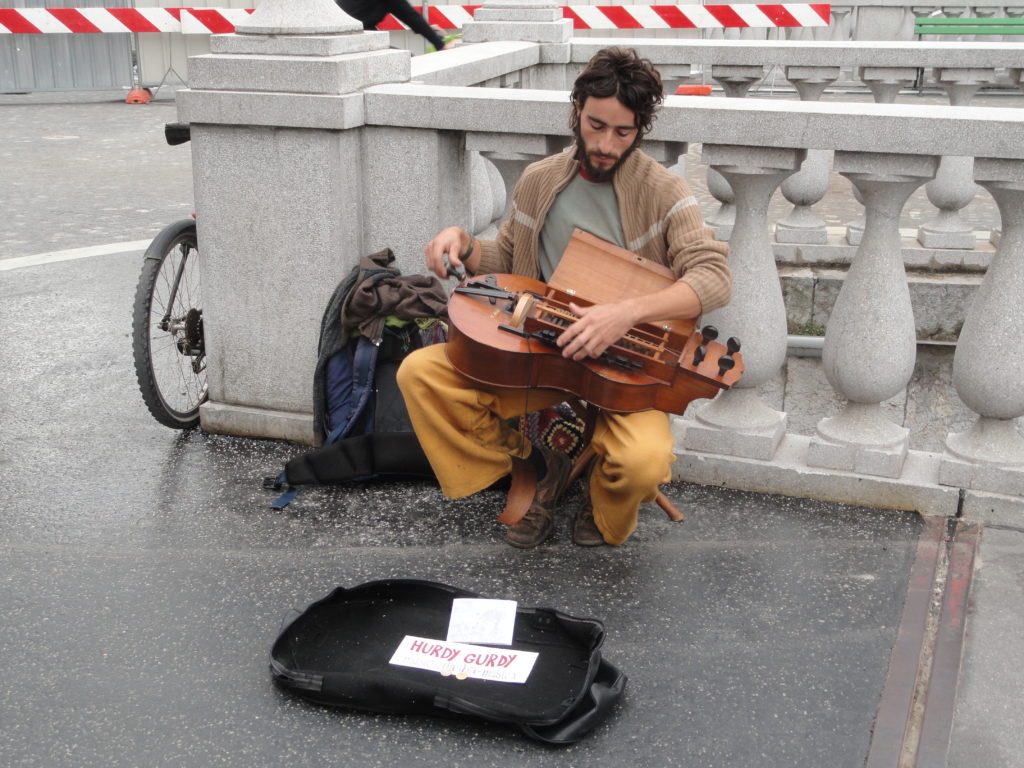
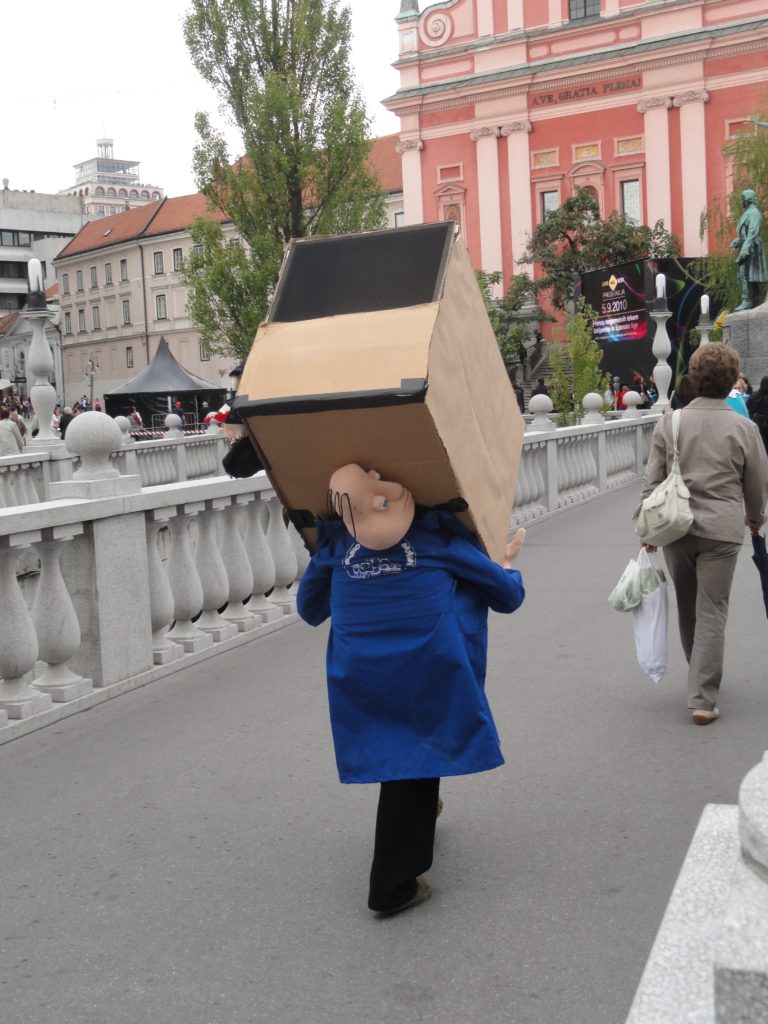
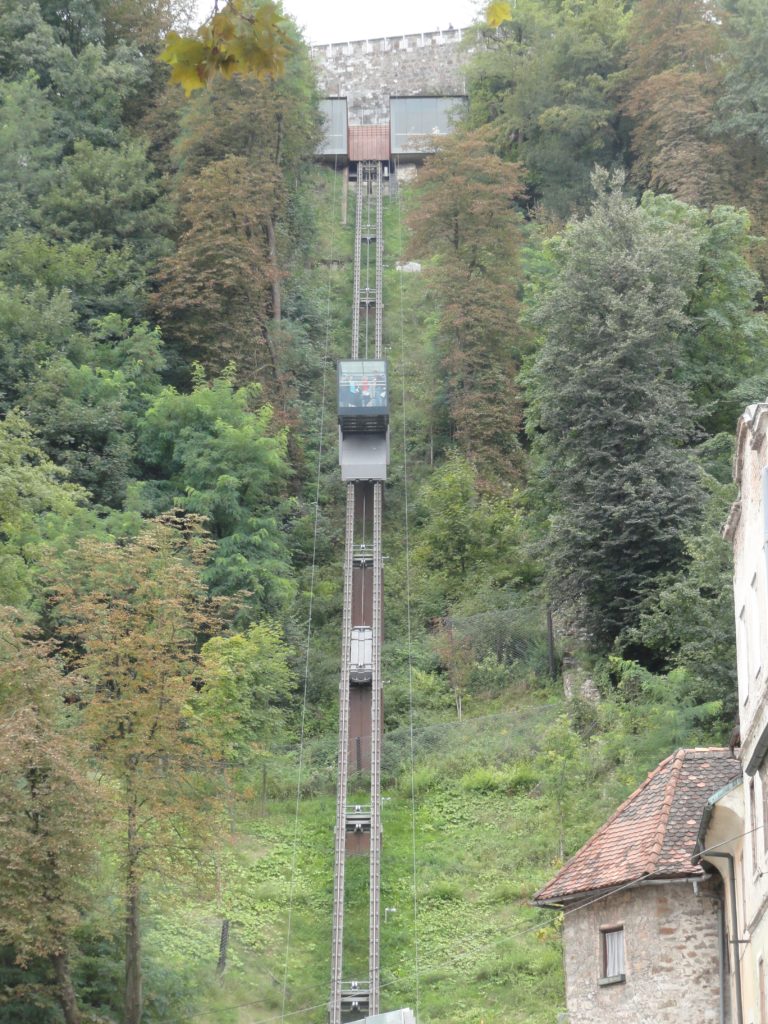
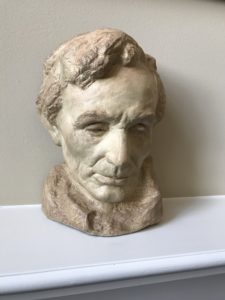 It’s official. The room once used by Abraham Lincoln has been designated the Lincoln Room by House Resolution 1063. It’s a fitting tribute both to the 16th President of the United States and to Past-President of the Lincoln Group of DC, John Elliff. I was privileged to attend the dedication ceremony on May 1, 2019 in Statuary Hall of the U.S. Capitol Building in Washington, D.C.
It’s official. The room once used by Abraham Lincoln has been designated the Lincoln Room by House Resolution 1063. It’s a fitting tribute both to the 16th President of the United States and to Past-President of the Lincoln Group of DC, John Elliff. I was privileged to attend the dedication ceremony on May 1, 2019 in Statuary Hall of the U.S. Capitol Building in Washington, D.C.